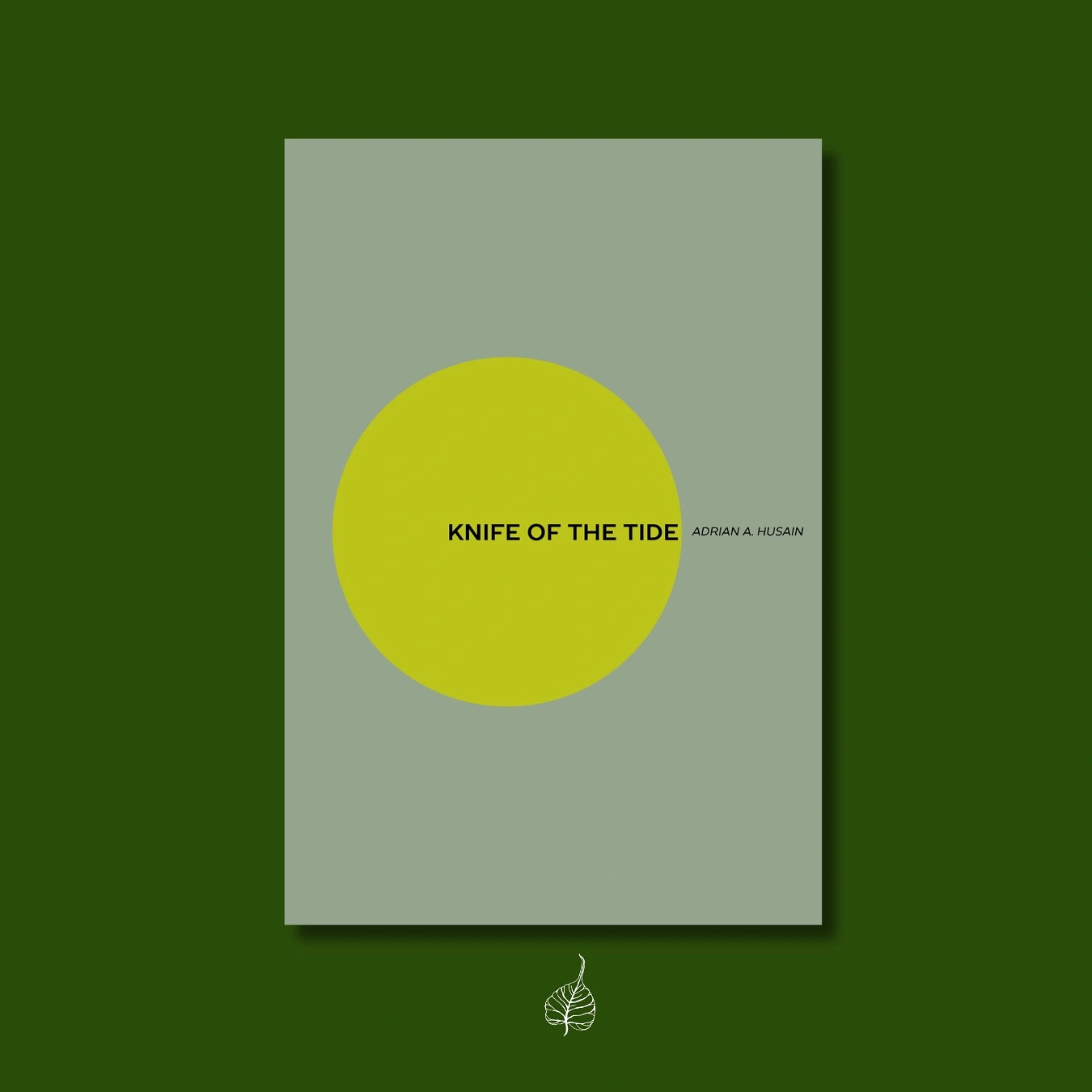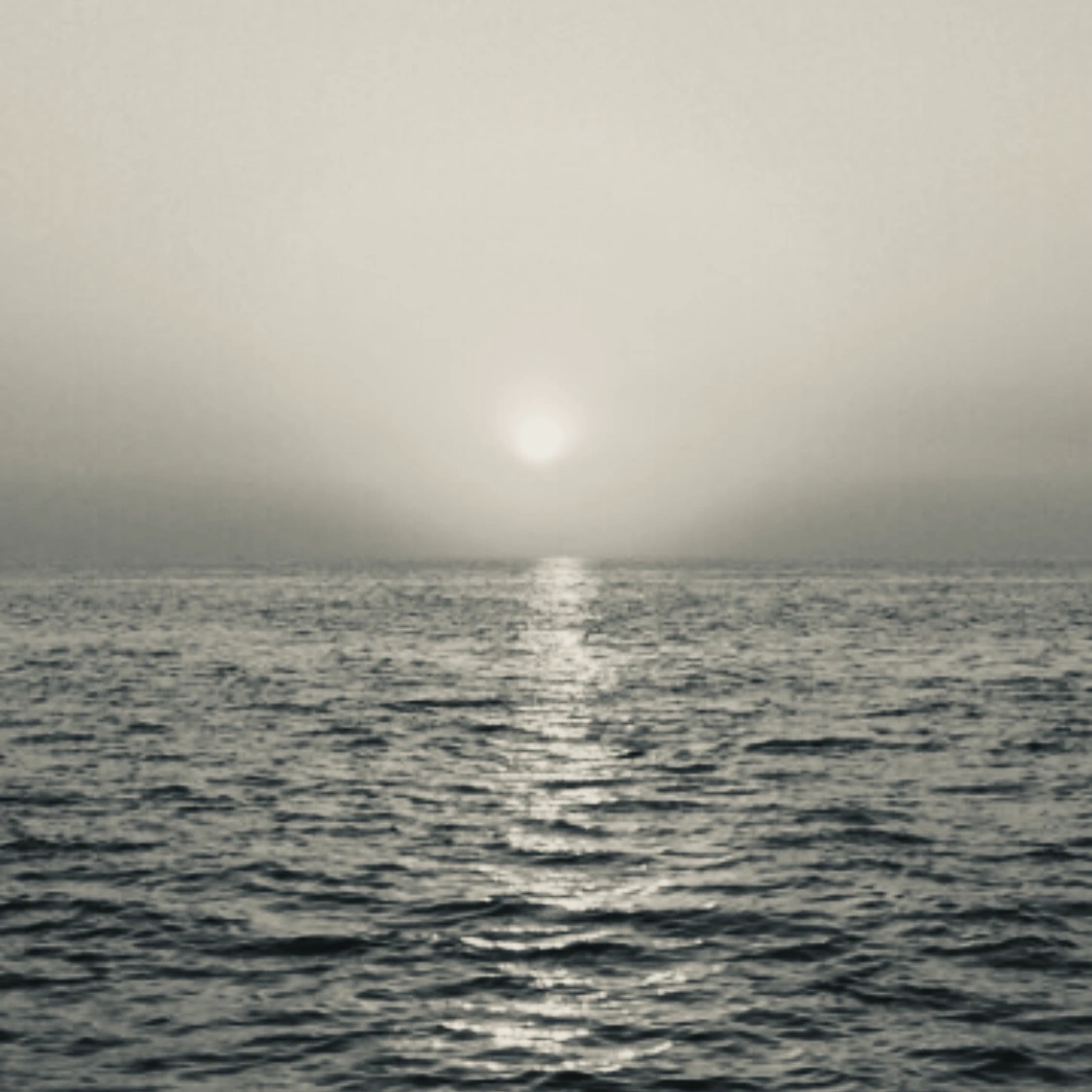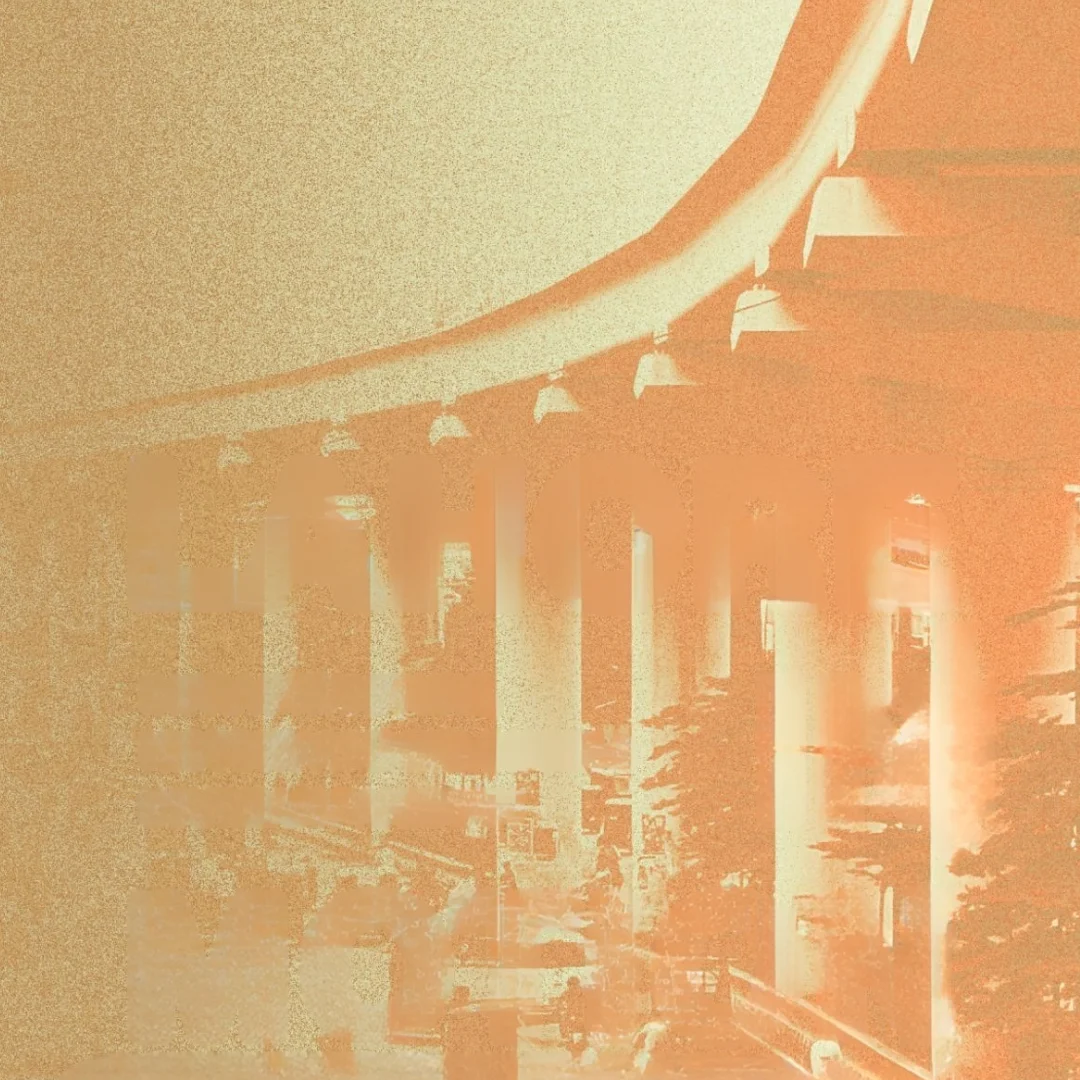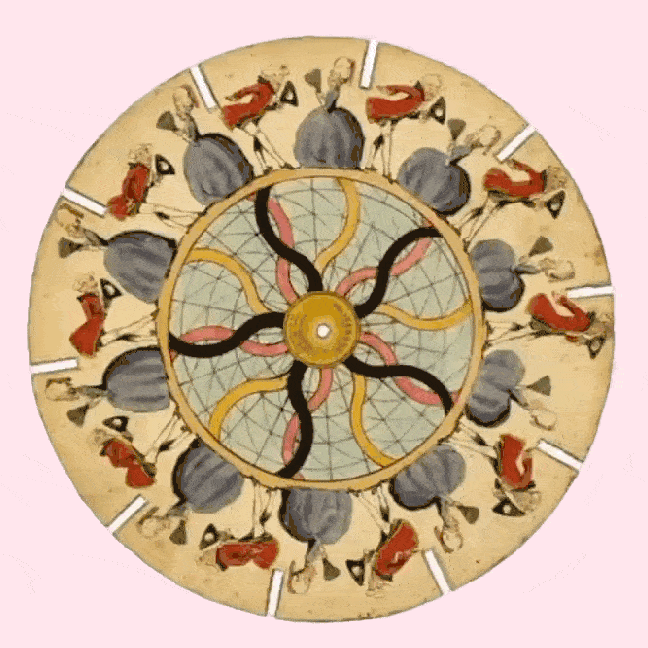Time is the longest distance between two places, wrote Tennessee Williams, and in Knife of the Tide (The Peepul Press, 2025), Adrian A. Husain measures that distance with meticulous attention, one pentametre at a time. The sonnet, with its strict measures and rhythmic imperatives, becomes both vessel and scalpel, containing life’s moments while exposing the delicate architecture of memory. Husain’s poems dwell in the interstices of what has passed and what persists: childhood homes abandoned in Partition, journeys across continents and the quiet, sometimes harrowing work of remembering those who have gone. Nothing is sentimentalised, yet nothing is withheld. What emerges is a meditation on the mind’s ability to hold, distort and preserve, as Husain’s precise yet fluid lines trace the tide of a life remembered, reconsidered and made whole again in the act of reading.

Husain arranges the sonnets in four quartets, organised thematically, not to recount a life, but to show how a life is remembered: in fragments, recurrences and shifts in emotional temperature. The Severing opens with the violence of origin: childhood and Partition as intertwined ruptures. Lapsed Narratives then considers how those breaches are absorbed into family memory through the segment of nine Storyteller poems, where stories are “half-told, interrupted —” and the gaps become as revealing as the recollections. The third quartet, What Images Return, O My Daughter (quoting TS Eliot’s poem Marina about memory and loss), moves across decades and geographies, showing how certain images fade but others persist, gaining new meaning with each reappearance. In the final section, Post Res Perditas, memory approaches its limit, asking what remains when there is no longer anyone left to corroborate the past. The quartets track an evolving relationship to memory, from lived experience to inherited story, to reflective distance, to elegy.
In Knife of the Tide, recollection is not merely what survives; it is what mutates, what arrives distorted and then unexpectedly clarifies. “Past images return — approximate, / a sense remains” Husain writes in Egg, offering not a pristine archive, but what Anaïs Nin called the “layers, cells, constellations” that pull us backward and forward simultaneously. Even when Husain recalls the sharp violence of Partition — “We barely packed. The clothes I wore / were all I took — was allowed to take” (Viscera) and “It was a bleak beginning, no doves / heralded our coming, a hurried — / harried — flight to nowhere” (Exodus), it is memory’s emotional truth, not its reportage, that these poems safeguard. This is particularly so for the first two quartets of the collection, which dwell on Husain’s childhood before, during and after Partition.
Husain’s poems dwell in the interstices of what has passed and what persists: childhood homes abandoned in Partition, journeys across continents and the quiet, sometimes harrowing work of remembering those who have gone.
This is why the family bungalow that recurs in the early sonnets, “It’s still there, in the mind, the bungalow / we lived in” (Gothic), operates not as a backdrop but as a structural conceit, a figure for the mind’s attempt to house what history has rendered uninhabitable. Husain is not merely invoking memory; he is interrogating its architecture, its capacity to mislead, collapse and yet persist. The bungalow stands because the physical home does not: “Yet what remains — / rooted, immovable — is garden, / house, and forecourt and spiral stairs / forever winding” (Carnival); this paradox becomes a diagnostic tool. The poems insist that what survives in memory is often what proved untenable in life, and that the persistence of such images marks both continuity and rupture. In Menagerie, when he recalls “an orphaned time / when, scrambling for home, I lived with near-/strangers”, the line functions as more than personal recollection; it speaks to the existential dissonance of Partition’s aftermath, where belonging becomes provisional and identity is reconstituted through displacement. In Odyssey, even time itself becomes unreliable, “Time distorts, muddies, muddles” and in Embrasure, “the mind lied. Time / had wrought a deception”. Husain appears to counter that instability by formal means, where the sonnet’s tight frame becomes a site where fractured memory is momentarily held, examined and re-ordered.
Movement, in Husain’s hands, becomes another metric for measuring time’s distortions. His journeys — sea passages, migrations, later-life travels — are rendered not as episodes, but as evidence of how the self is carried forward even when it resists motion. In Apotheosis, the child leaving Southampton feels “the sudden thrift / of movement, knifing of the tide”, a line that collapses physical travel into an intuitive awareness of historical shift. The “bolt and screw / — and timber sinew — working” is both the ship’s mechanics and the machinery of an emerging consciousness, already alert to the fact that transition is never clean. Elsewhere, he admits the futility of perpetual motion: “All that wandering — / without moving — it made little sense” (Odyssey), a statement that undercuts any romantic reading of exile or return, as Husain is not interested in how far he has travelled, but in how far the present remains from the past it continues to contain.
In poem after poem, Husain confronts what Tennessee Williams, who also extensively explored the gaps between memory and reality, called the ‘poetic license’ of memory — its tendency to omit, exaggerate and rearrange according to emotional force. This is the tension running through the collection: the desire to remember in order to return, countered by the understanding that return is always a fiction. Even when Husain insists, “we turn up in a horde, no less real / for being over — no less complete / than today” (Genesis), the assertion exposes the instability of that survival. What lives is not the moment but its reinterpretation.
Knife of the Tide is less an exercise in remembrance than a sustained philosophical scrutiny, an interrogation of how life, memory and mortality continuously rewrite themselves, and how the stories we tell about ourselves are always provisional, always vulnerable to the betrayals of time.
The last quartet turns towards the inescapable weight of endings. Filled with elegies and poems in memoriam for friends and acquaintances, it is direct in addressing the intersection of memory and grief. As L.P. Hartley observes, “The past is a foreign country; they do things differently there”; Husain fully inhabits that foreignness, letting the poems track the slippage between what was lived and what can now be known. In Closure, he asks, “Years — where do they go? Once over, like old clothes / do we put them away?” Enjambments suspend thought mid-step, letting memory and grief echo in the spaces between words, and the poems insist on attention to how time revises experience. In this sense, Knife of the Tide is less an exercise in remembrance than a sustained philosophical scrutiny, an interrogation of how life, memory and mortality continuously rewrite themselves, and how the stories we tell about ourselves are always provisional, always vulnerable to the betrayals of time.
Knife of the Tide closes with a measured reckoning. Husain observes, measures and lets the past emerge on its own terms. The final quartet asks less “how should we remember?” then “what does it feel like to return?” The collection’s power lies in its refusal to simplify or resolve: time is uneven, events overlap and the past remains, in Hartley’s terms, a foreign country whose strangeness cannot be tamed. What Husain gives us is a map so we may travel there but only if we understand it will be “The start of a journey, never to end — / except at the end” (Shadow).






